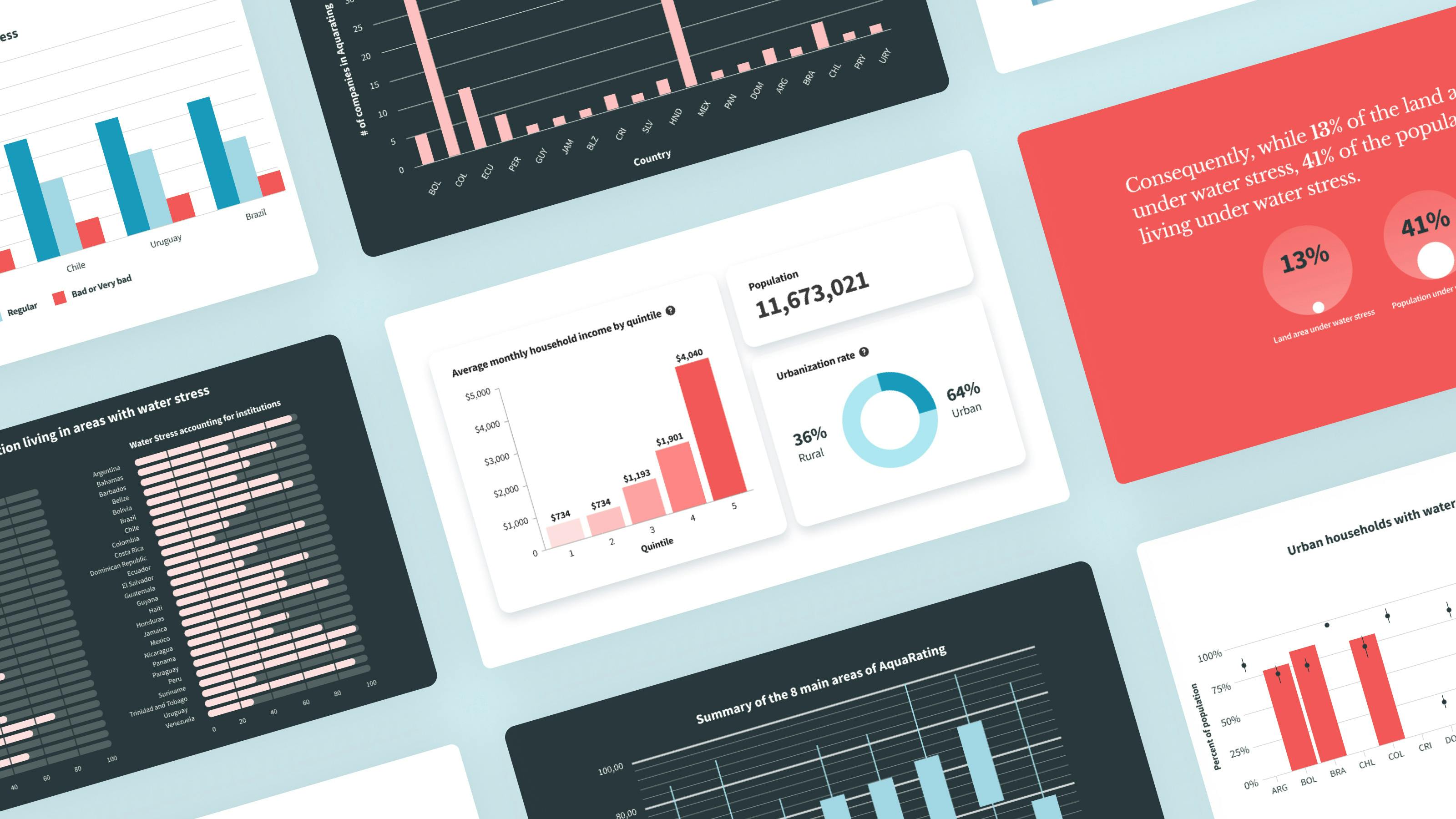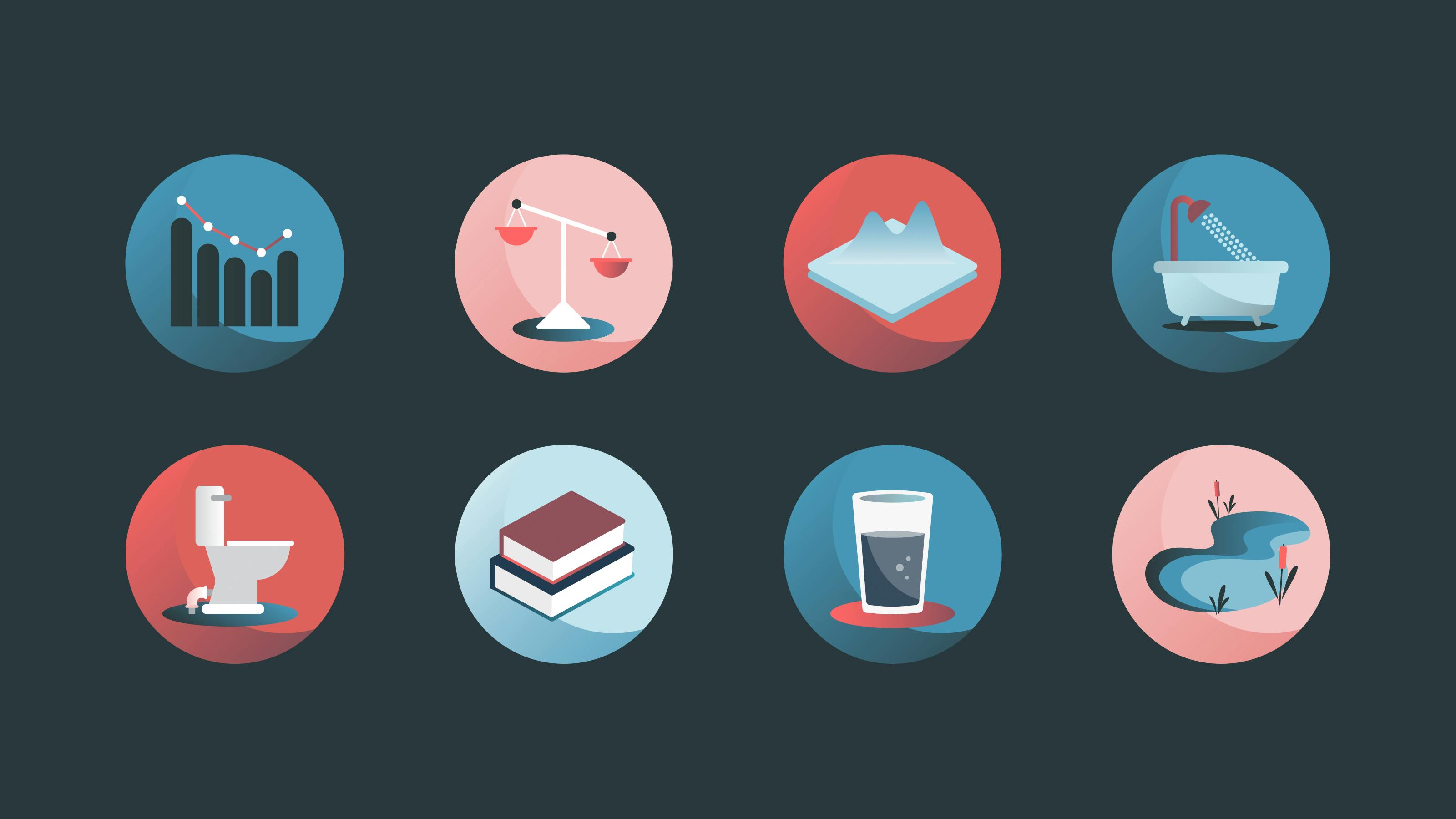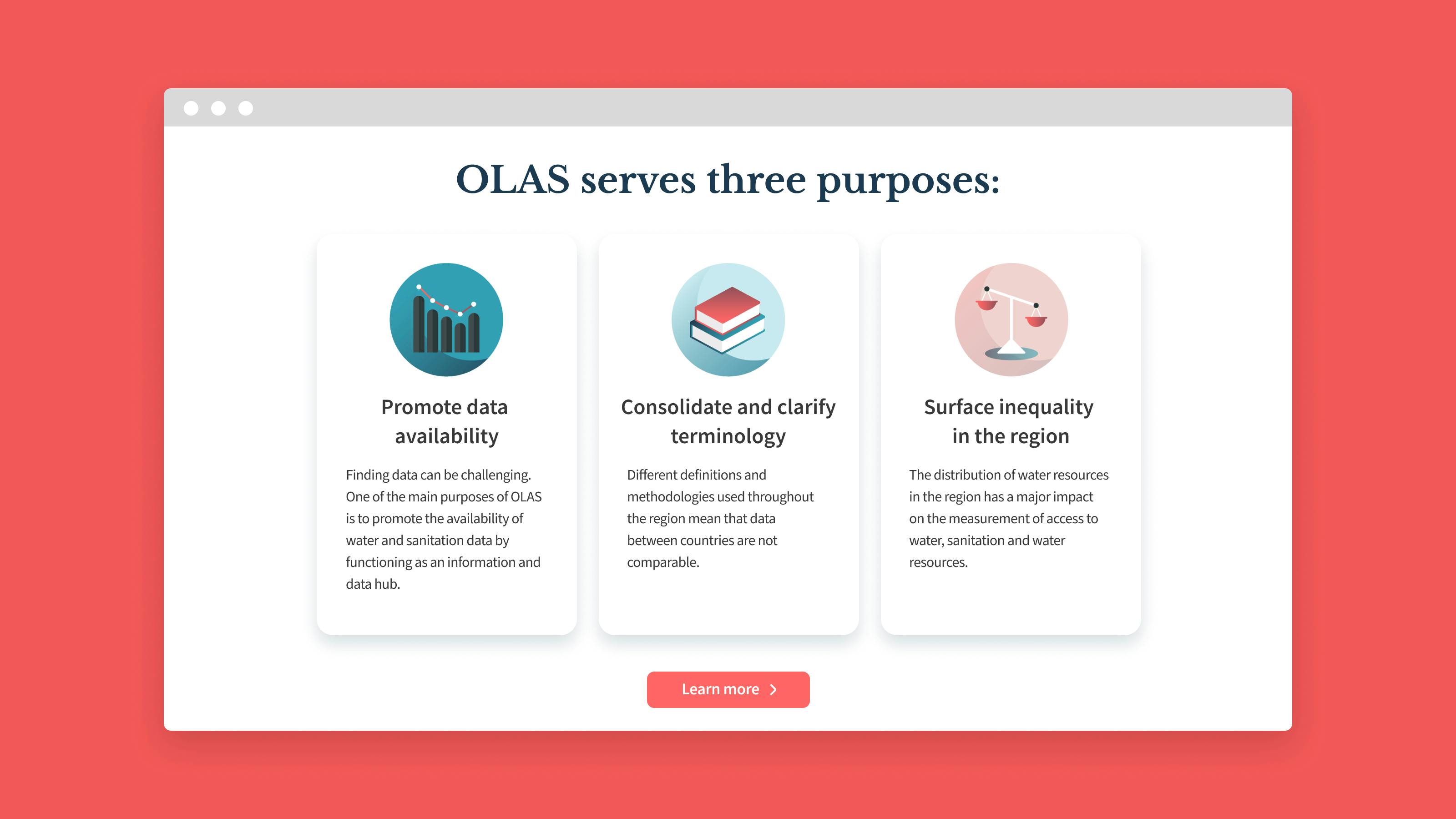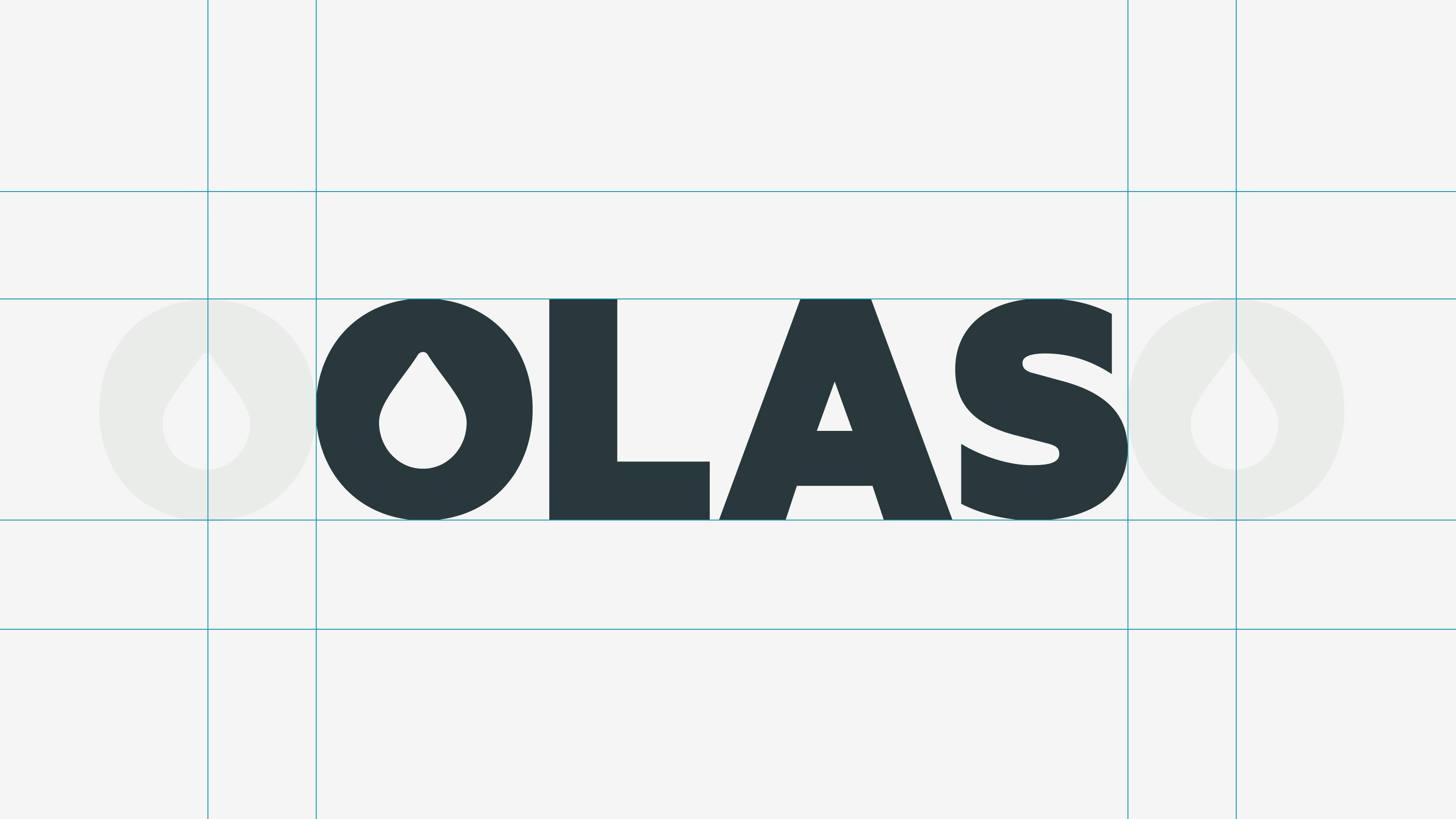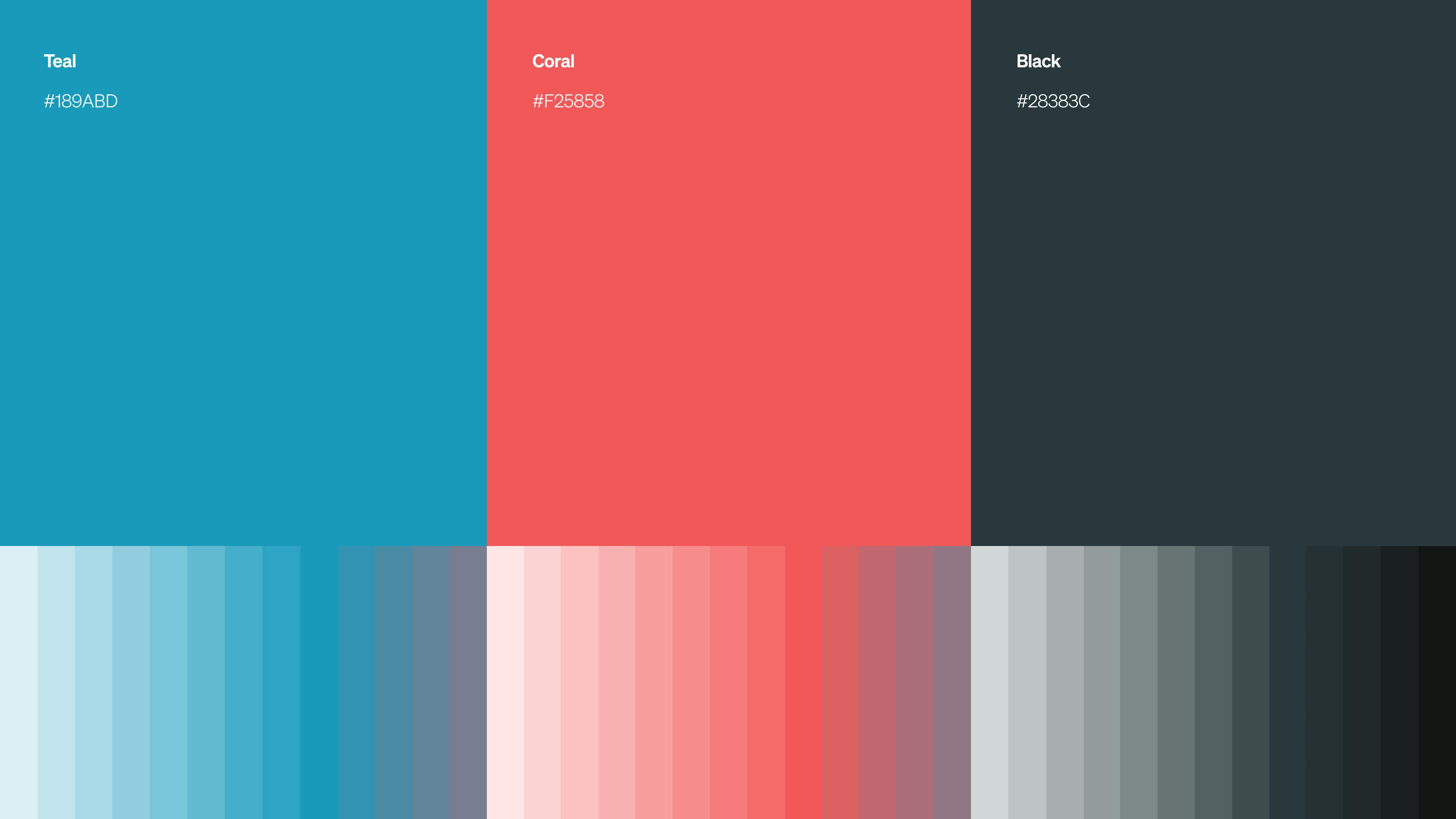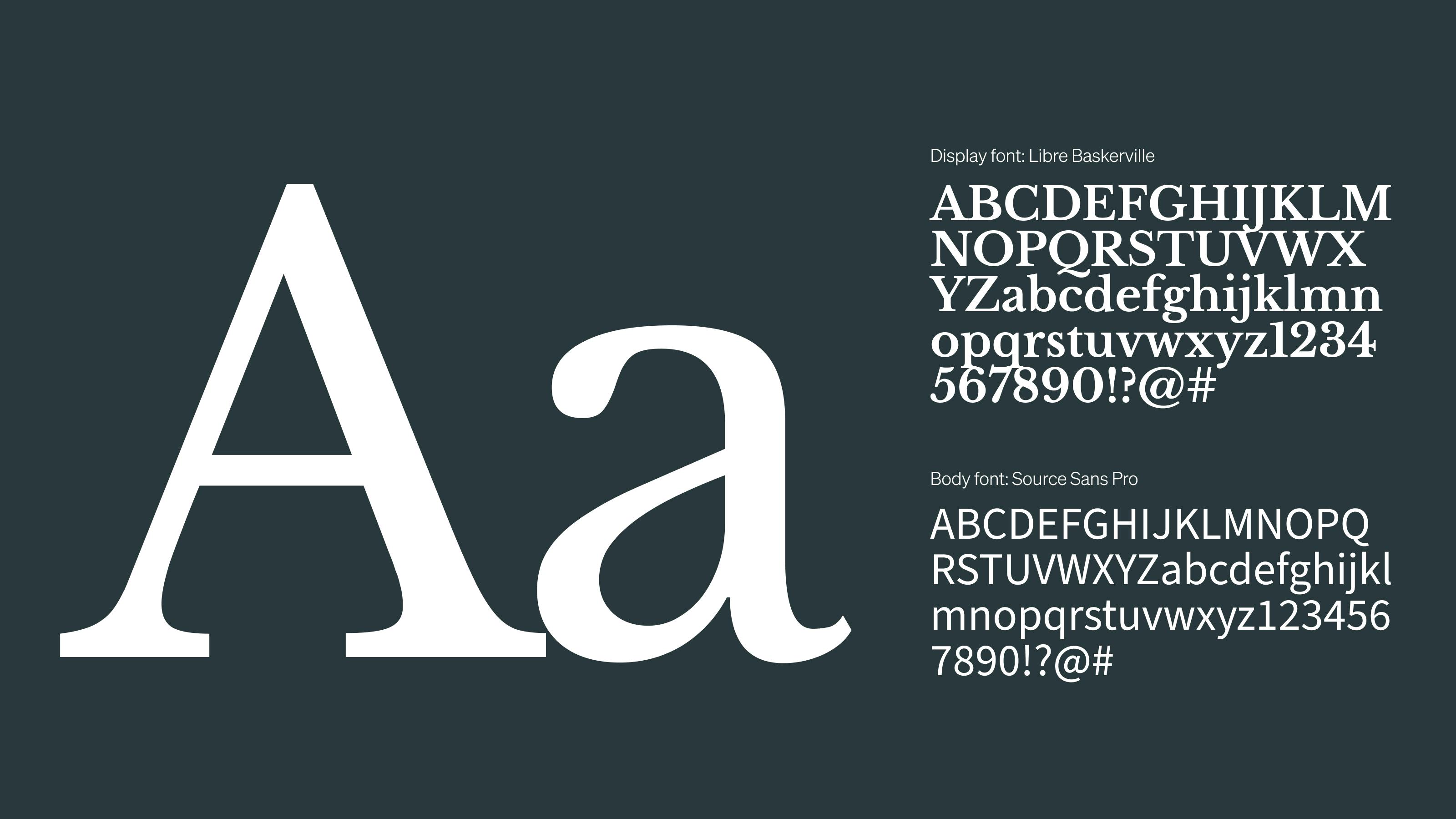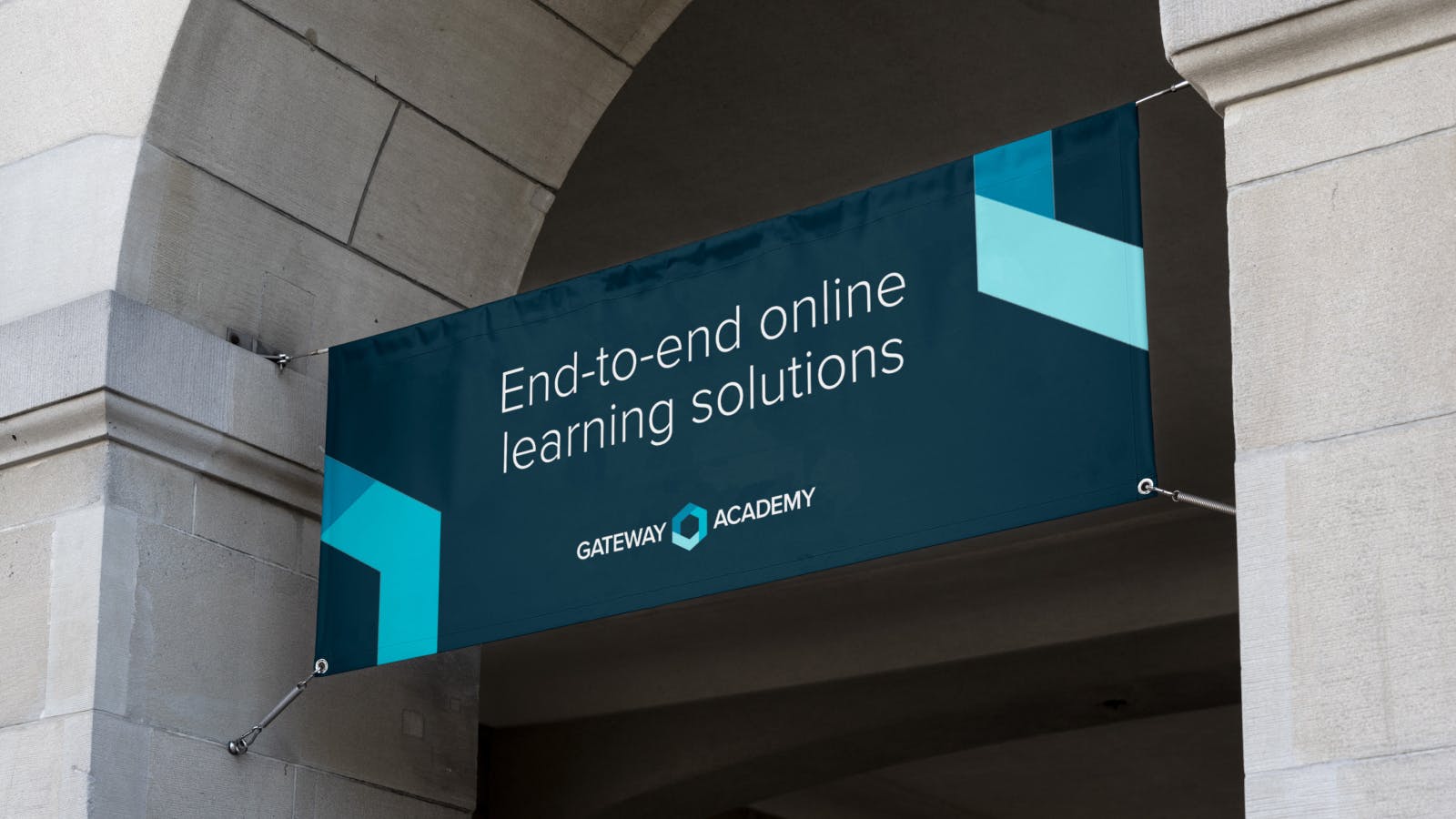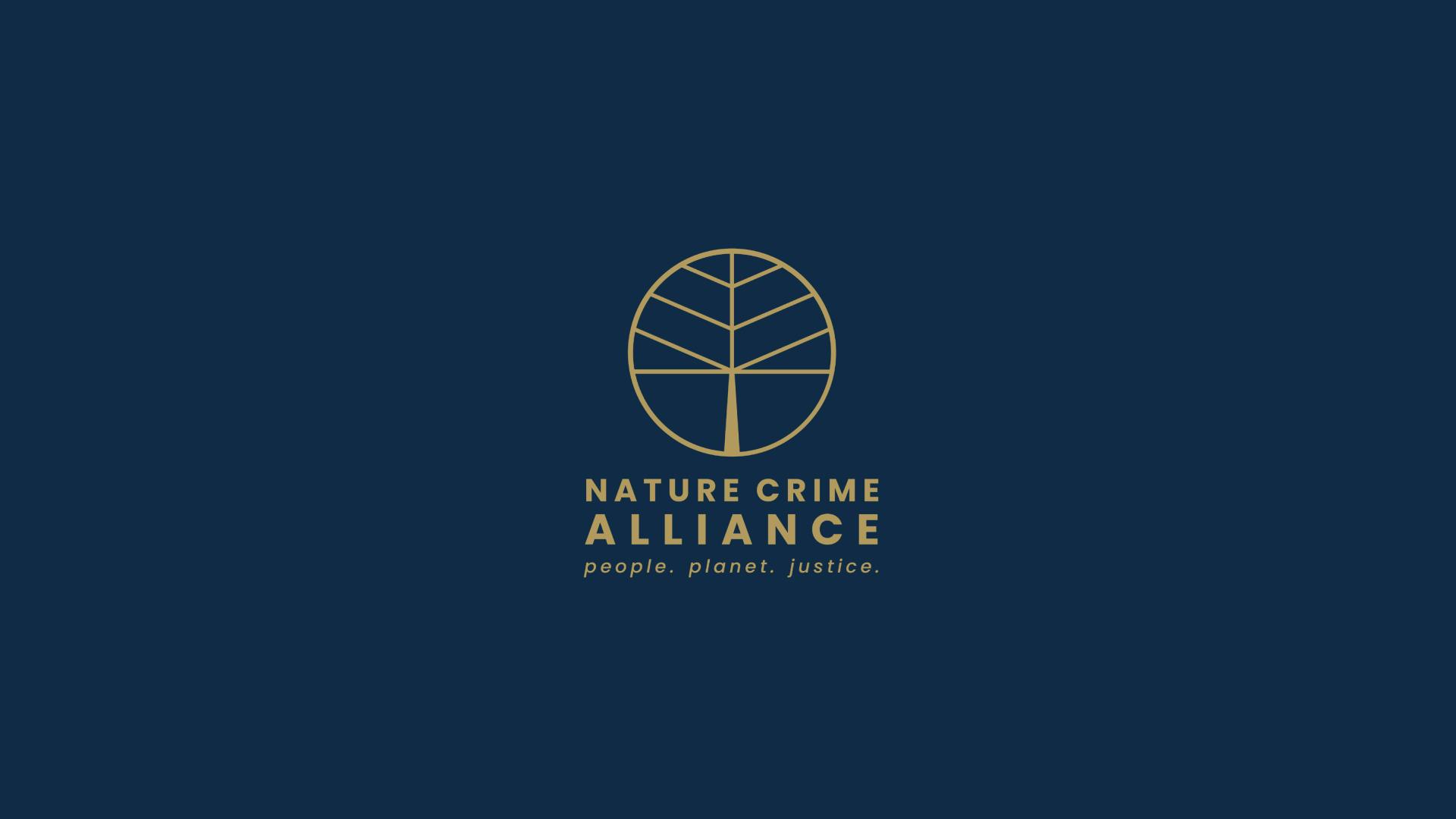How can we improve the availability and access to high quality water and sanitation data in Latin America and the Caribbean?
Background
The Inter-American Development Bank identified inconsistencies across Latin America in the availability, quality and access to water and sanitation data, which affected policymaking in the region.
Our team had a hypothesis: Sharing better and more information leads to more impactful policies. With this idea in mind, our team started to design a knowledge and data digital platform that could collect relevant water and sanitation information in the LATAM region while promoting collaboration between water networks, policymakers, and academics.
Objectives
Improve policy decisions
Highlight the disparities
Incentivise collaboration, research, and documentation
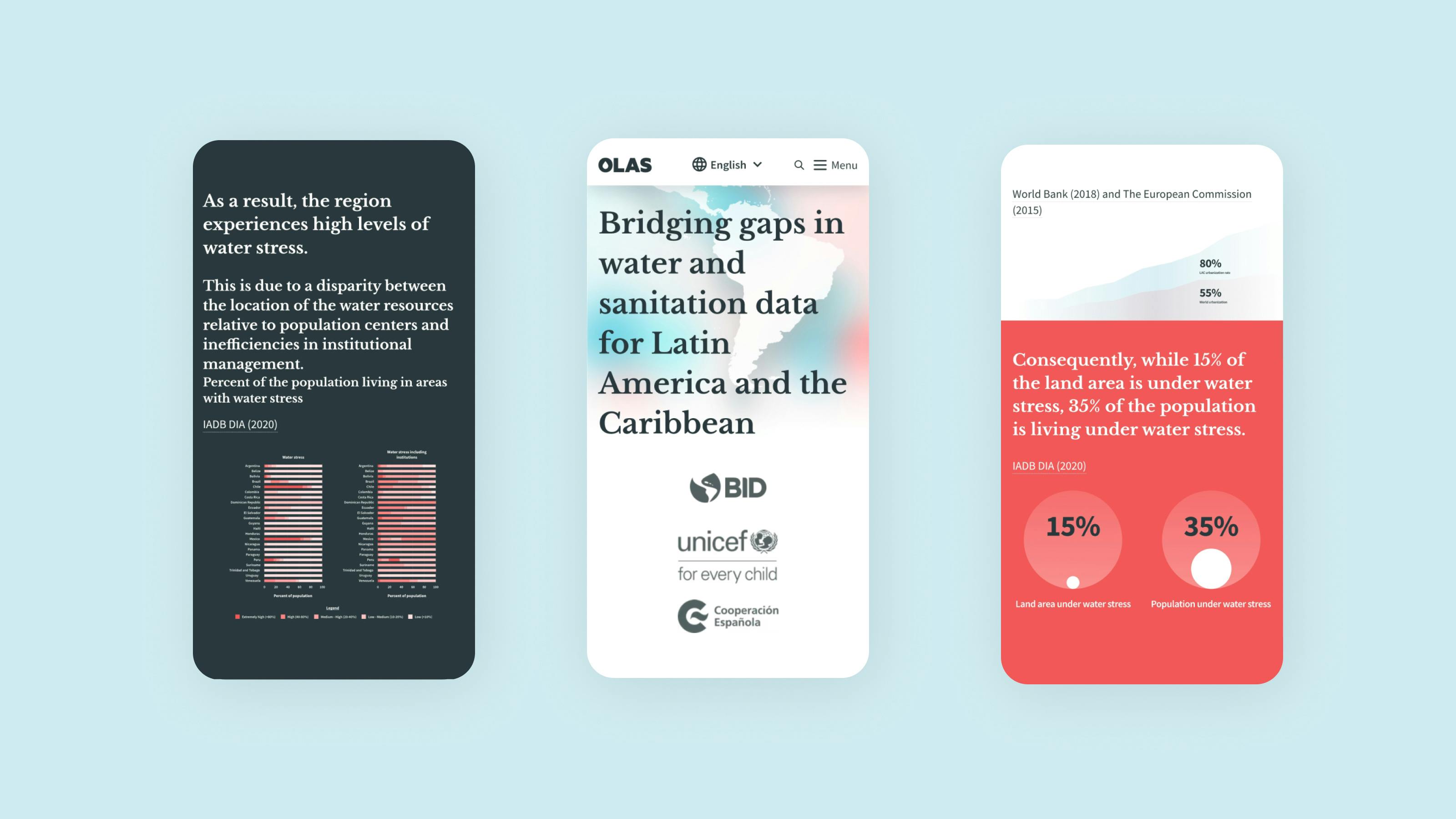
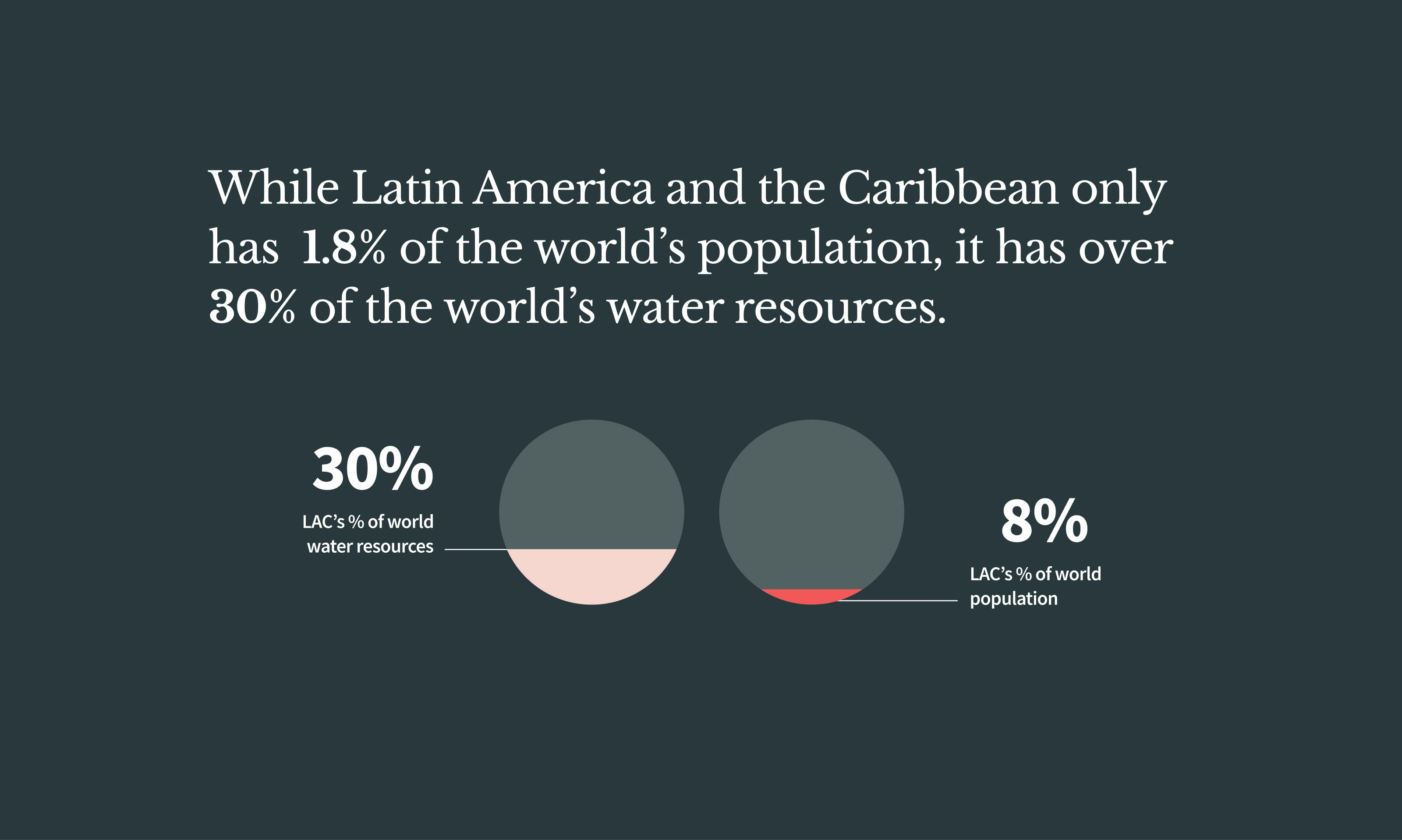
How did we work through the challenge?
User research and metrics for success
After defining the target audiences and ideal use cases for the platform, we engaged in a series of document reviews and in-depth interviews to begin to understand use cases of how the platform would be used by each of the defined audience groups. We consolidated and analyzed water data from various sources to create a methodology to determine the availability of data. To ensure no duplication or entry errors, we created a system that manages the data through a central API. The API provides a single source of data for all visualizations, calculations, downloads and queries in the system.
Infrastructure and management
We created a detailed content model and architecture diagram depicting the relationships between various data sources. The system itself was architected to manage over 200 million data points and was launched with over 80,000 individual data points from 17 countries.
Technology and security
The OLAS platform was designed to use services that reduce the security and technology risk in the long run. Our approach was to spend more time building new functions, and less time building elements that already have strong commercially available technology. We also prioritized the use of open source libraries where possible, guided by a recognition that the system would need to support more complex data management and manipulation in the future.The platform cleared all IDB security and audits with no changes.
Branding
We also worked with IDB’s communication team to refocus OLAS’ branding, in which we created the rest of the visual identity around the existing logo. Improvements included the change of colors, fonts, and UX styles to better appeal to our policymakers audience and reflect the value proposition of the platform through its visual identity. All changes were documented through Brand and UX guidelines.
What were the outcomes?
